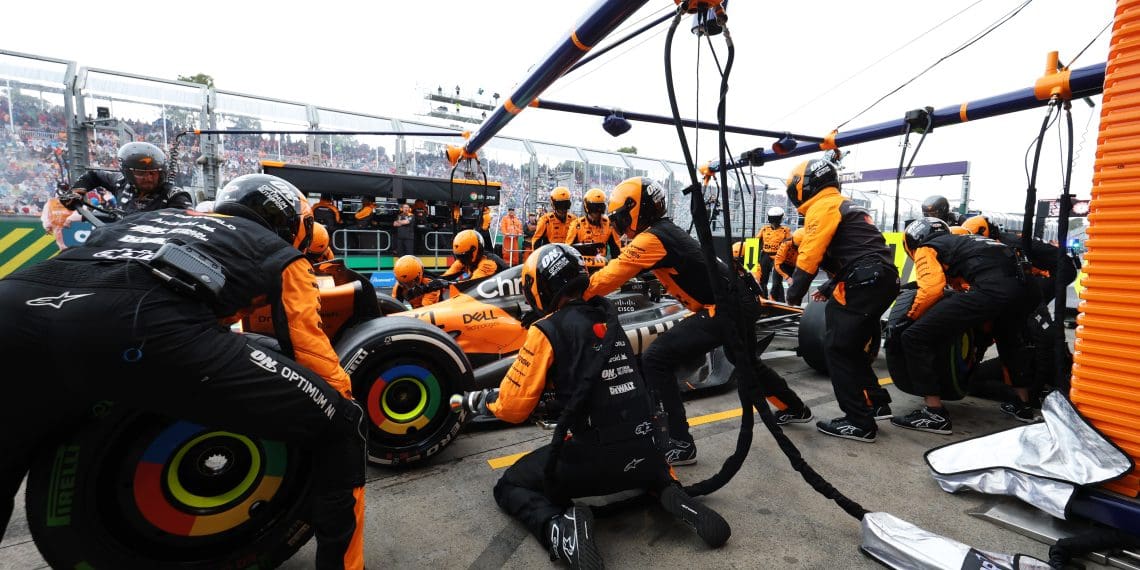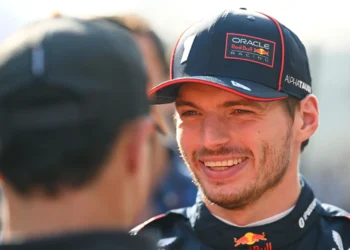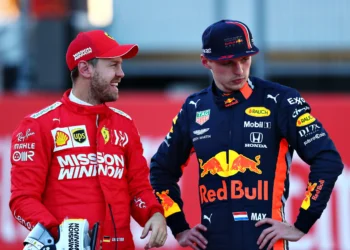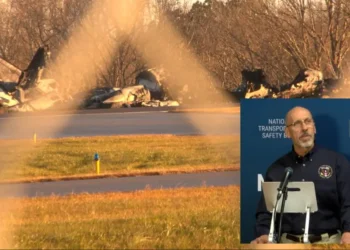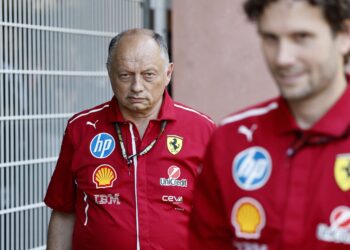In the thrilling aftermath of the Australian Grand Prix, George Russell shines a light on the pivotal strategic plays that made all the difference. Undoubtedly, McLaren had a victorious run, but they were not the only team to mastermind a winning game plan on the track.
At the heart of the Grand Prix strategy was the critical decision to switch to dry tyres during a mid-race Safety Car period, prompted by Fernando Alonso’s Turn 6 mishap. McLaren’s Lando Norris was alerted by his engineer, Will Joseph, of the impending rain. True to forecast, the rain did make its appearance in Sector 3, towards the end of Lap 44. Norris skillfully navigated an off-track detour before making a crucial and timely pit stop call that ultimately safeguarded his triumph at the Albert Park Circuit.
While competitors like Max Verstappen and the Ferraris opted to stay on course, a decision that ultimately backfired, Russell and his Mercedes team too decided on a pit stop at the end of Lap 44. This call proved to be a game-changer, paving the way for Russell’s 16th F1 podium finish.
Taking us behind the scenes of the race, Russell revealed that Mercedes and McLaren both underwent a similar strategic planning process before the Grand Prix. He shared, “The process started this morning, to be honest. We had some really good conversations about how we were going to make these decisions, what they needed from me, what I needed from them.”
Russell’s proactive decision-making, anticipating the intensifying rain, mirrored Norris’s approach. He said, “Similar to Lando, I made the call five seconds in advance, and the guys were ready to change the tyres.” He went on to underline the importance of this moment in the race, especially considering the team’s recent challenges in mixed weather conditions.
Reflecting on the race, Russell acknowledged that their past strategic missteps in Brazil and Montreal had been learning experiences. He expressed his delight at this latest positive outcome, saying, “I’m really happy about it because these mixed-condition races – for both of us, they’ve gone away from us in the last couple of races. I think now, just to be here, is a good result.”
Russell’s 16th F1 podium finish was marked by a focus on avoiding any mishaps and maintaining a steady pace, despite Mercedes’ pace deficit compared to McLaren and Red Bull. “It was pretty clear from the beginning that these guys were too quick for us, and we were quicker than Ferrari. So, I was kind of in no man’s land. I made a decision quite early on that the best way to approach this race was just to bring it home.”
The race had its fair share of challenges, but Russell was content with the outcome. “Very difficult. As Lando said, any small mistake and you’d be punished. But pleased to come home with this result because I don’t think this is probably our strongest circuit.”
His successful fourth-place finish in qualifying, despite the hot temperatures, further added to his satisfaction. In the final analysis, the Australian Grand Prix was a testament to strategic acumen, foresight and the ability to adapt on the fly, qualities that both McLaren and Mercedes demonstrated in equal measure.

